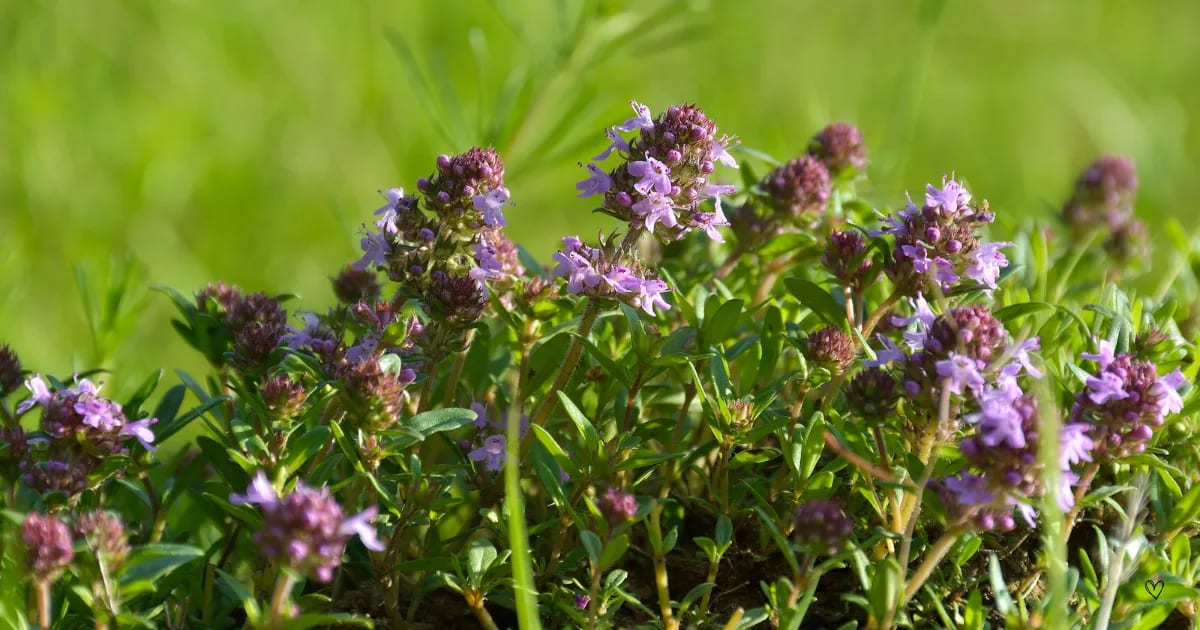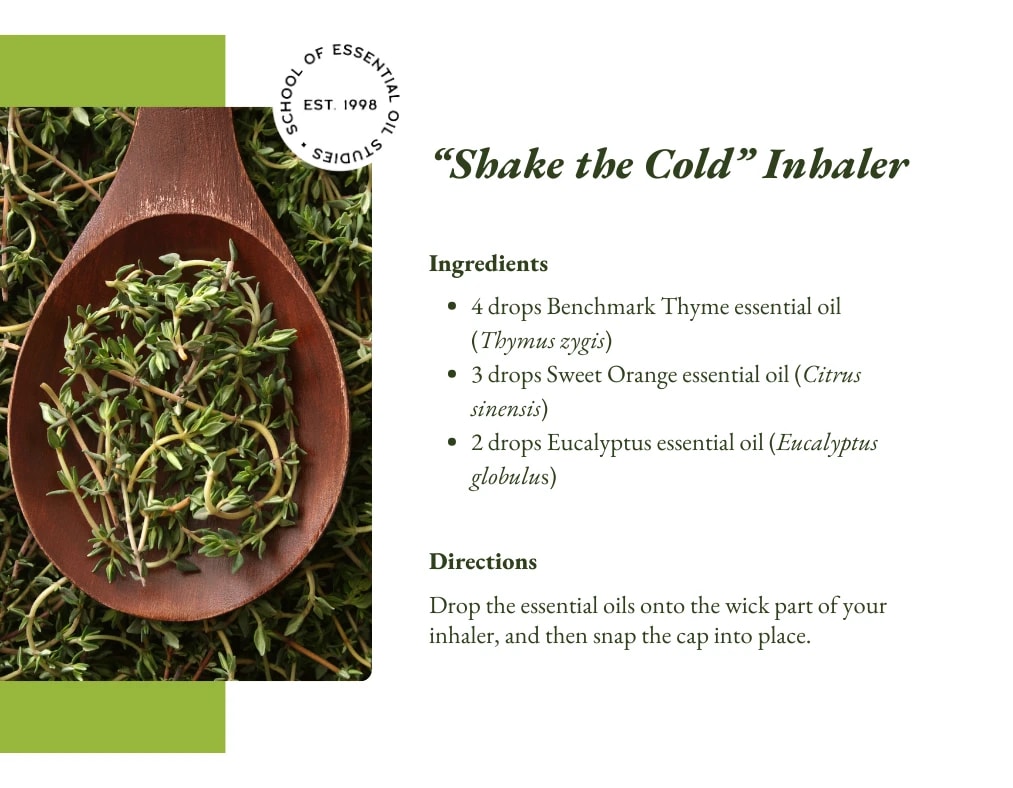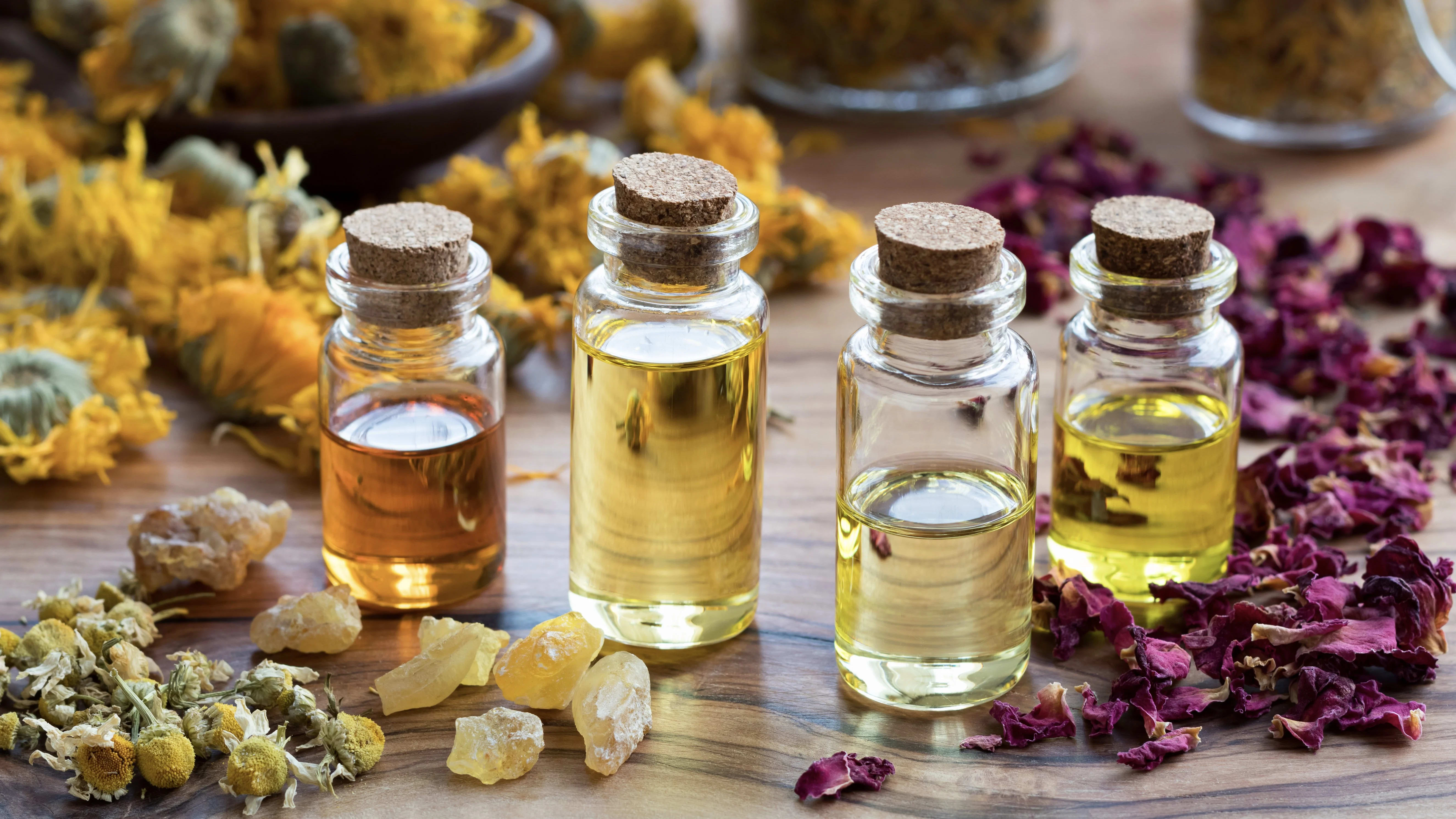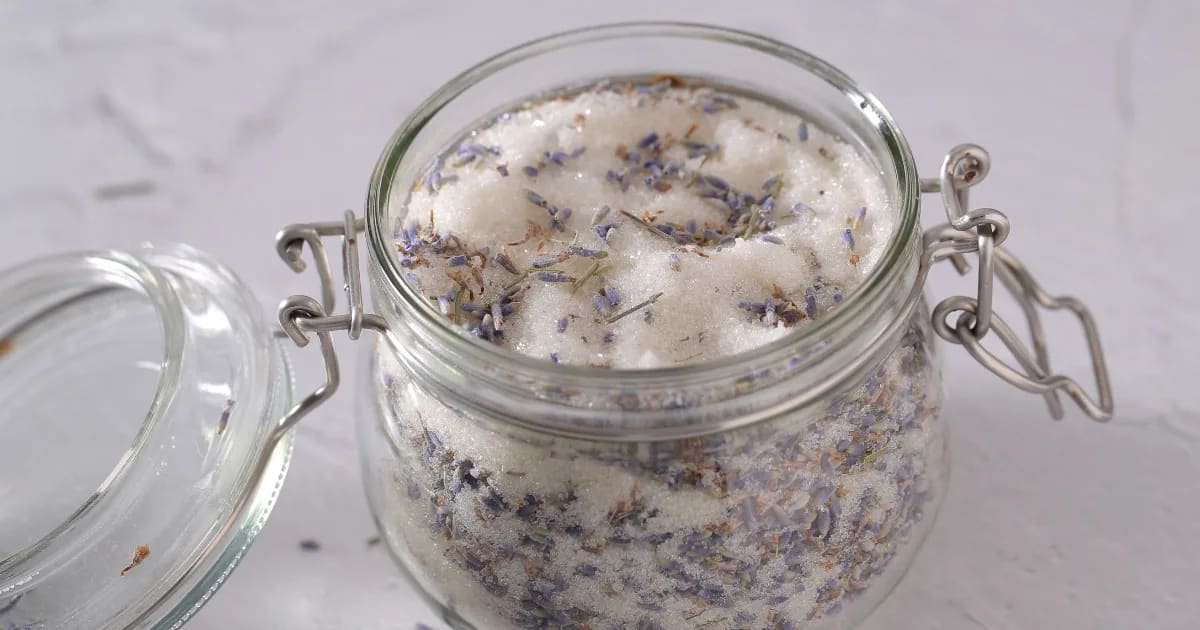Superhero Recipes! Benchmark Thyme Oil for Infections

A New Benchmark for Natural Health
Antibiotics are a marvel of modern science which, as an RN, I’m deeply grateful for. However, in recent decades we have been over-reliant on them. Claims that a medicine or hand soap can destroy “99.9%” of bacteria sound wonderful . . . but the remaining 0.1% of bacteria that linger are immune to the antibiotics. When they replicate, they create a population of “superbugs” that are not easily destroyed.
This is the situation doctors are facing with antibiotic-resistant bacteria. Infections that were once easily cleared are now posing challenges.
But essential oils may be able to help. Benchmark Thyme is making waves for its potential to fight bacteria that can resist antibiotics. If it fights superbugs, I think we can call it a “superhero oil!”
Today, you’ll learn 3 outstanding benefits of Benchmark Thyme essential oil—and 2 recipes to help your body overcome infections.
Along with the recipes & uses, we will cover:
How Benchmark Thyme destroys bacteria (and other microbes).
Why it’s more skin-nourishing than some other germ-fighting oils.
An impressive way it helps boost the immune system.
Benchmark Thyme essential oil (Thymus zygis) was developed by master aromatherapist Maggie Tisserand, the third published aromatherapy author in the English language. She combined four of the most potent thyme varieties to create this superhero essential oil! (Learn how Maggie developed Benchmark Thyme.)
Antibacterial Benefits of Benchmark Thyme
The most potent germ-fighting benefits of Benchmark Thyme essential oil come from thymol—a strong phenol component. Thymol has the ability to disrupt bacterial membranes, thereby destroying the bacteria.
A 2020 study published in the journal Molecules reported:
“Novel studies have demonstrated their [thyme essential oil and thymol] antibiofilm, antifungal, antileishmanial [destroying protozoa], antiviral, and anticancer properties.”
Thanks to thymol, Benchmark Thyme’s uses include preventing infection, and helping us clear up lingering infections. It’s also used for calming pain and inflammation.
We know that thymol is powerful. But the same properties that make it so effective against microbes, also mean it can irritate the skin and mucous membranes. So when Maggie developed Benchmark Thyme, she wanted it to be gentle for regular skin application.
Skin Nourishing Benefits of Benchmark Thyme
Some chemotypes of Thyme produce essential oils rich in linalool—a skin-nourishing, anti-inflammatory component.
Linalool is also the main component in Lavender essential oil (Lavandula angustifolia). Lavender’s incredible skin-nourishing benefits are largely thanks to linalool. But linalool can also fight microbes, including the flu virus.
A 2018 study found that:
“This study demonstrated anti-influenza activity in 11 essential oils tested, with marjoram, clary sage and anise essential oils being the most effective . . . All 3 oils contained linalool, suggesting that this may have anti-influenza activity.”
Linalool adds to Benchmark Thyme’s uses for fighting microbes, while making the oil comfortable for skin application—which is important if we’re going to use it regularly enough to help clear infections.
Immune Boosting Benefits of Benchmark Thyme
When she developed Benchmark Thyme, Maggie wanted it to have the potency of Tea Tree (Melaleuca alternifolia). So she included a variety of Thyme rich in terpinen-4-ol, the main component in Tea Tree. (Terpinen-4-ol is so prevalent in Tea Tree, that we can equate the molecule’s benefits with those of the essential oil. Learn about 3 of those benefits here.)
Terpinen-4-ol is an important addition. Along with antimicrobial properties, it contributes to the immune-boosting benefits of Benchmark Thyme essential oil. Terpinen-4-ol has been found to increase white blood cell count, giving our bodies much-needed support to fight off infections.
Benchmark Thyme Recipes

Benchmark Thyme Wound Care Gel
This recipe can help to soothe pain and prevent infection in minor wounds. You’ll need a 1 oz (30 ml) glass or PET plastic spray bottle.
Ingredients
1 fl oz (26 ml) Aloe vera gel (Aloe barbadensis)
2 ml Solubol dispersant
15 drops Benchmark Thyme essential oil (Thymus zygis)
Directions
Pour the 2 ml of Solubol into the glass bottle. Because essential oils don’t mix readily into water-based aloe vera gel, the Solubol helps to keep the oils dispersed.
Add your drops of Benchmark Thyme.
Fill the bottle the rest of the way up with aloe vera gel.
Shake to blend.
After washing the area with soap and water, gently apply this blend around the wound. Apply 3 to 5 times daily until the area is healed.
If you’re fighting an active infection, or the area is red and inflamed, you can go up to 18 drops of Benchmark Thyme. I reserve that for acute, short-term use—no longer than two weeks. When the danger has passed, use a lower drop count, or switch to a skin-healing blend such as this one.
“Shake the Cold” Inhaler

When Maggie Tisserand partnered with doctors to test Benchmark Thyme, they discovered that it was especially useful in helping to clear the tail end of an infection.
You can use this inhaler the moment you sense a sniffle coming on, and keep using it until you’re feeling fully like yourself again.
Ingredients
4 drops Benchmark Thyme essential oil (Thymus zygis)
3 drops Sweet Orange essential oil (Citrus sinensis)
2 drops Eucalyptus essential oil (Eucalyptus globulus)
Directions
If you’ve never made an aromatherapy inhaler, just follow the simple steps in this post. There’s even a video to walk you through it!
Back-to-school season is here! Changing schedules, an increased workload, and exposure to new people and environments every day make you more vulnerable to colds. Make a collection of inhalers for the whole family to get you through the transition.
My Takeaway
Benchmark Thyme essential oil stands out as a powerful yet gentle ally in the fight against bacteria, especially in a world where antibiotic resistance is a growing concern. It’s versatile—gentle enough for everyday use, yet strong enough to help us overcome stubborn infections. In a changing world, nature’s constant ability to support us is a reassuring force.

Aromatherapy for Natural Living
Enhance your health and home with the natural benefits of essential oils. You’ll gain an in-depth understanding of 18 popular oils, allowing you to create effective remedies for common health concerns, keep your household green and clean, and craft home and body care products that smell delightful while supporting your well-being.
References
Budhiraja SS, Cullum ME, Sioutis SS, Evangelista L, Habanova ST. (1999) Biological activity of Melaleuca alternifola (Tea Tree) oil component, terpinen-4-ol, in human myelocytic cell line HL-60. Journal of Manipulative and Physiological Therapeutics. 1999 Sep;22(7):447-53. doi: 10.1016/s0161-4754(99)70033-3. PMID: 10519561.
Carson, C. F., Hammer, K. A., & Riley, T. V. (2006). Melaleuca alternifolia (tea tree) oil: a review of antimicrobial and other medicinal properties. Clinical microbiology reviews, 19(1), 50-62
Fisher, K., & Phillips, C. A. (2006). The effect of lemon, orange and bergamot essential oils and their components on the survival of Campylobacter jejuni, Escherichia coli O157, Listeria monocytogenes, Bacillus cereus and Staphylococcus aureus in vitro and in food systems. Journal of Applied Microbiology, 101(6), 1232-1240.
Choi H. J. (2018). Chemical Constituents of Essential Oils Possessing Anti-Influenza A/WS/33 Virus Activity. Osong public health and research perspectives, 9(6), 348–353.





